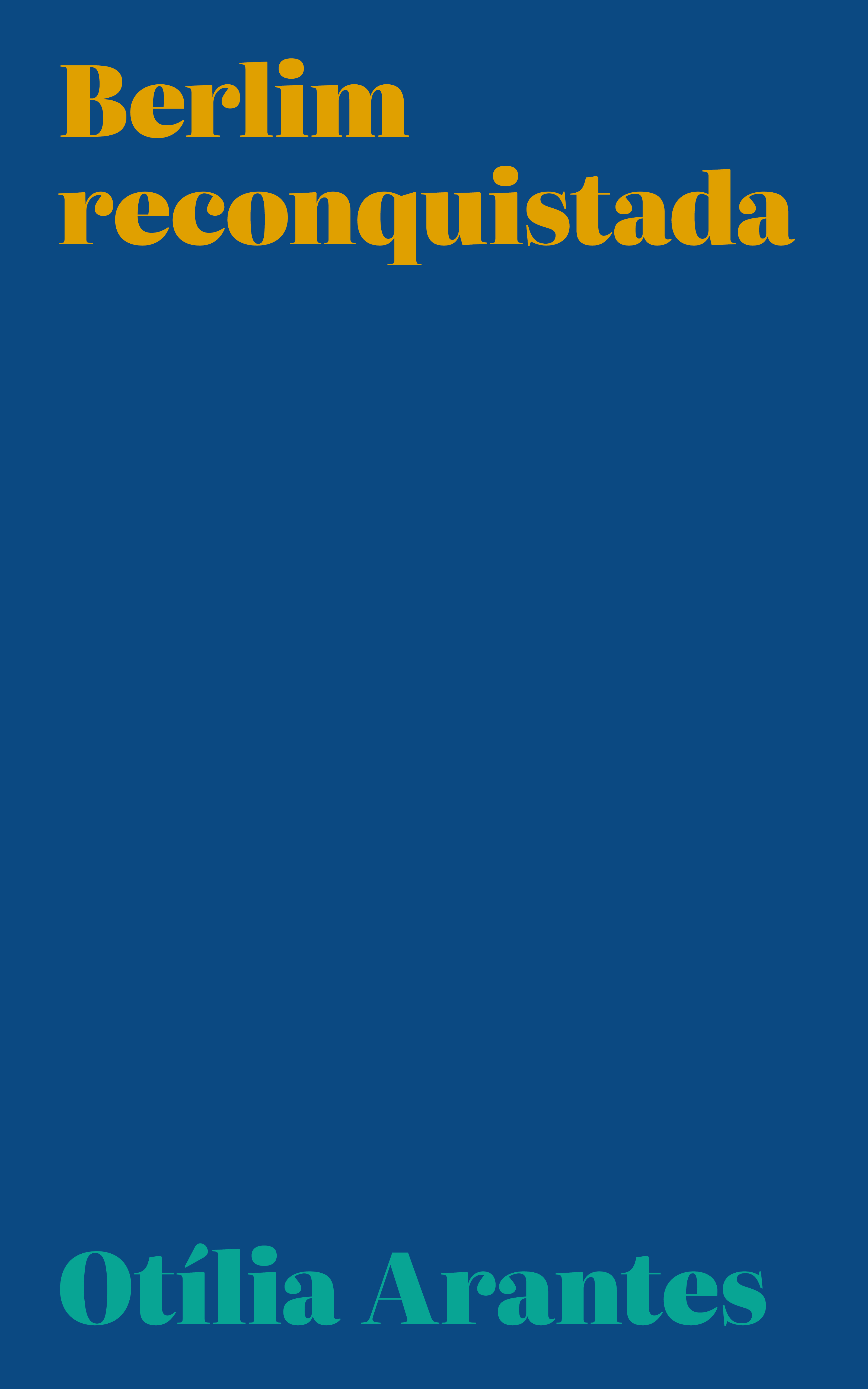Reconquered Berlin
2003
Synopsis
The present essay more aptly termed a chronicle, which could also be titled "Berlin in the Year 2000," is the result of a literature review and on-site verification surrounding the urban transformations in Berlin following the fall of the Wall. These were observed and documented during the author's trip to Berlin in 2000, while simultaneously reflecting on and comparing them to the initiatives of the IBA (Internationale Bauausstellung Berlin) of the '80s, also visited by her in 1990, when the reunification process was beginning. That is, a project by Germany to create a unique metropolis, a capital not only local but global, presenting itself to the world as a significant business and cultural hub, whose cutting-edge architecture would make it shine as a Global Cultural City. This includes establishing, either through numerous cultural activities (traditional or alternative) or physical, functional, and social variety, a stark contrast with the rest of the West: Culture (German) versus Civilization (liberal, bourgeois, philistine, etc.). The great trump card of this capital's rebirth would be the much-acclaimed "Mischung," the heart or ultimate symbol of which, according to the author, was the reconstruction of Potsdamer Platz, with its architectural variety, functions, and purportedly human aspect, with its cultural and recreational spaces alongside residences and offices (where some of the biggest German companies, such as Sony, Daimler-Benz, and Brown-Bovery, would be represented) – a veritable hinge in the heart of the two Berlins. At the same time, the text traces the various changes occurring in both the old Mitte and the different neighborhoods of East and West Berlin (in the name of a not-so-visible diversity...), retrospectively analyzing critical efforts, always guided by the ideology of "mixture," such as those of Bauhaus, to create, since the '20s, the "Siedlungs" - in replacement of the early-century "Mietkasernen" - and the housing complexes of the GDR.
Twenty years later, many data or forecasts may have changed, but the essence of the trends that were already emerging, despite the good intentions that might guide yet another strategy to set in motion a great growth machine – in this case, lubricated by culture –, can certainly still be considered current. Either way, we believe it to be an essential document for Otilia Arantes' discussions about Strategic Plans, adopted by large cities racing for global supremacy, and certainly not only at the level of images.
Keywords: Berlin, East Berlin, West Berlin, Berliner Ensemble, Brown-Bovery, Bundestag, World Cultural Capital, Chancellery, Cine Imax, Daimler-Benz, Berlin Philharmonic, Global City, Grésillon, Hans Kollhoff, Hans Scharoun, Höfe, IBA, Kreutberg, Leipziger Platz, Microcity-event, Mietkasernen, Mischung, Mixture, Mitte, Berlin Wall, Norman Foster, Prinzlauer Berg, Potsdamer Platz, Renzo Piano, Richard Rogers, Sony Center, Staatsoper, Stefan Krätke.

Series
Categories
License

This work is licensed under a Creative Commons Attribution-NonCommercial-NoDerivatives 4.0 International License.


